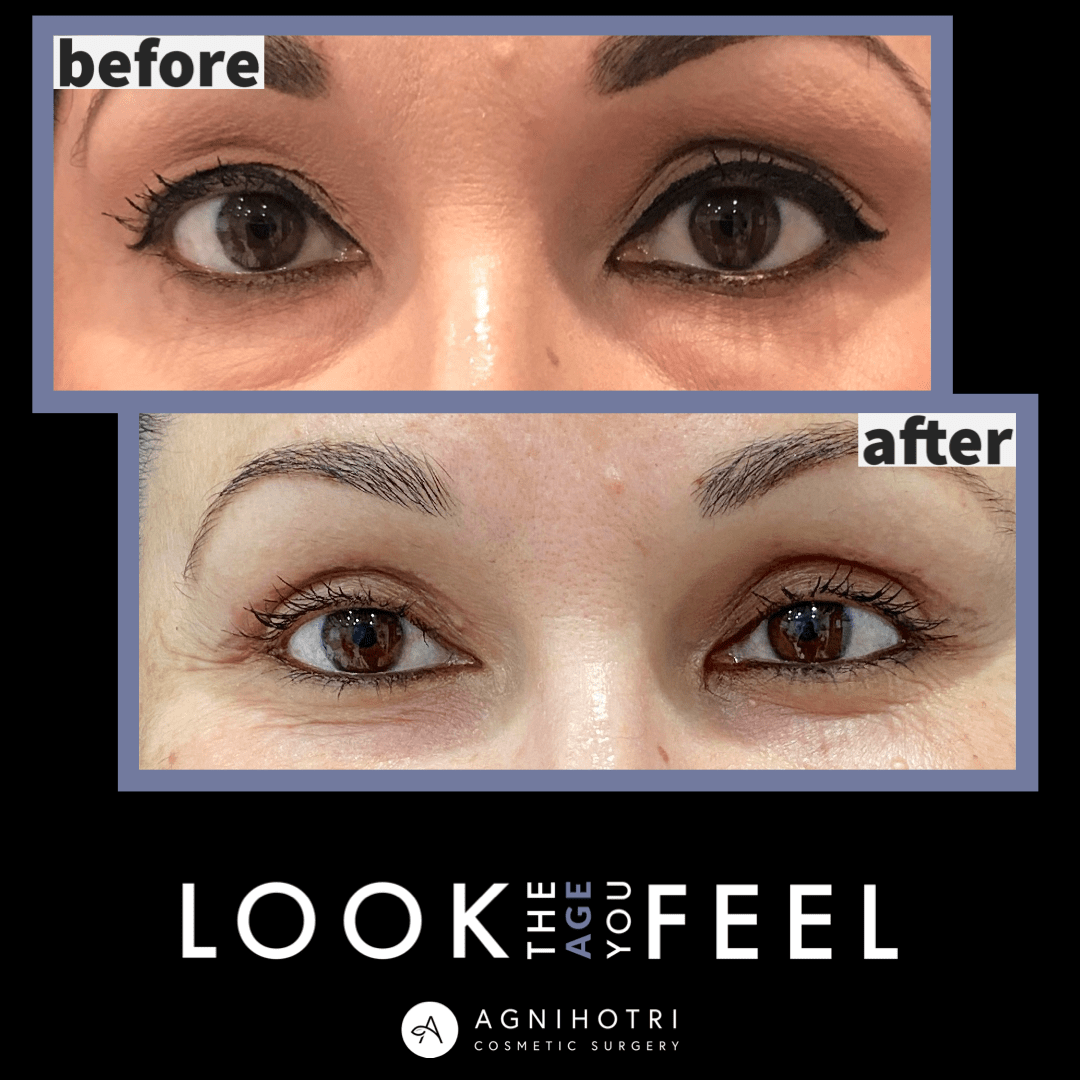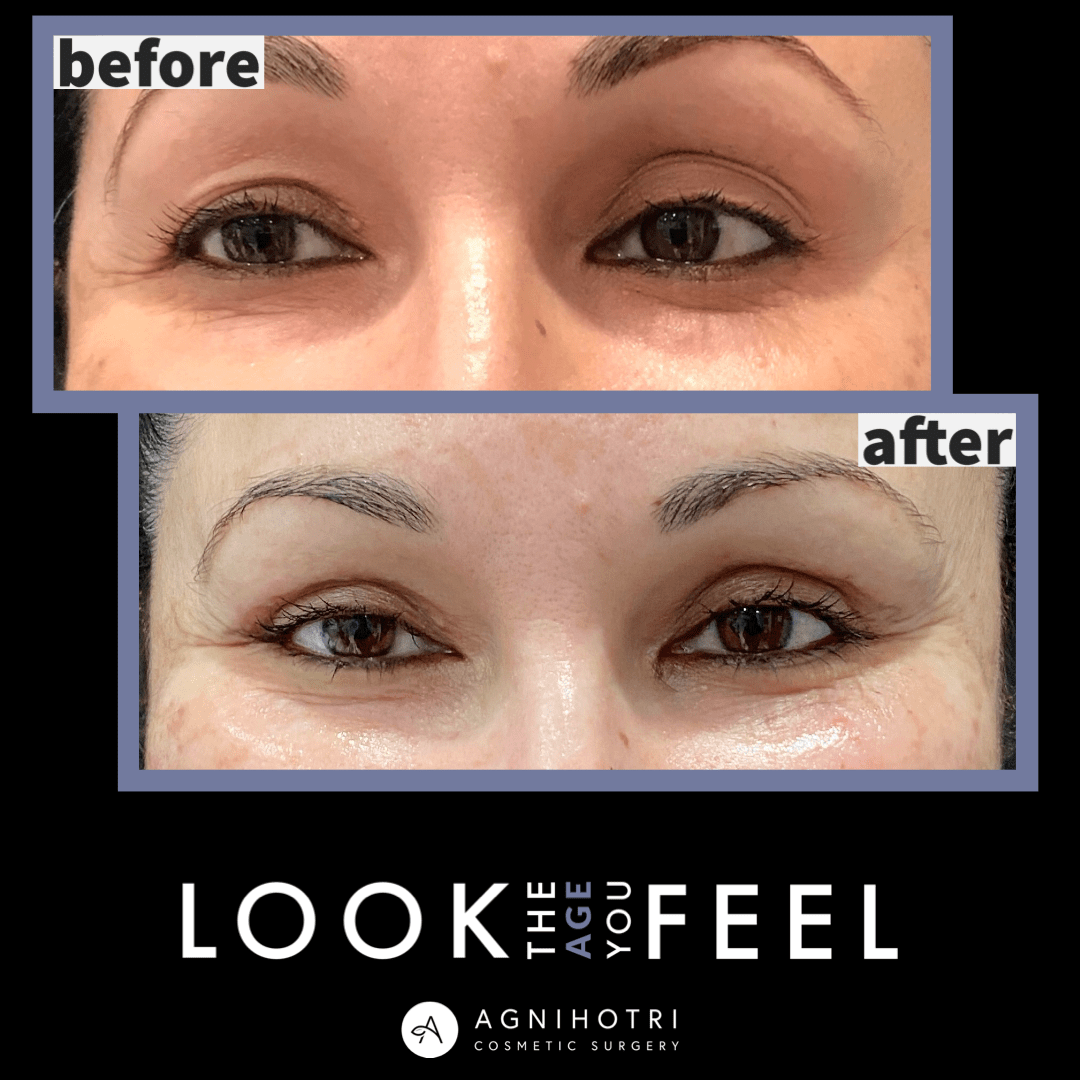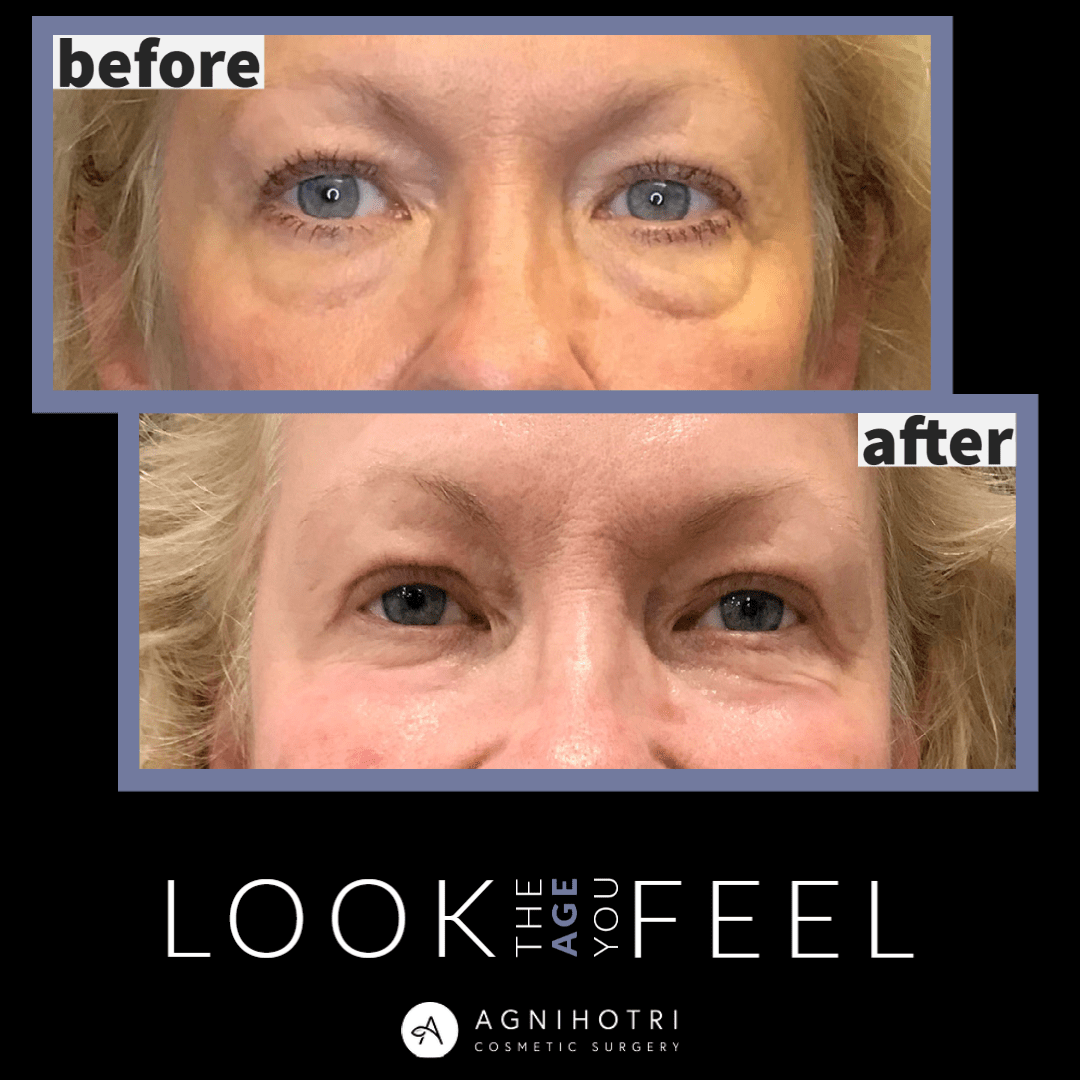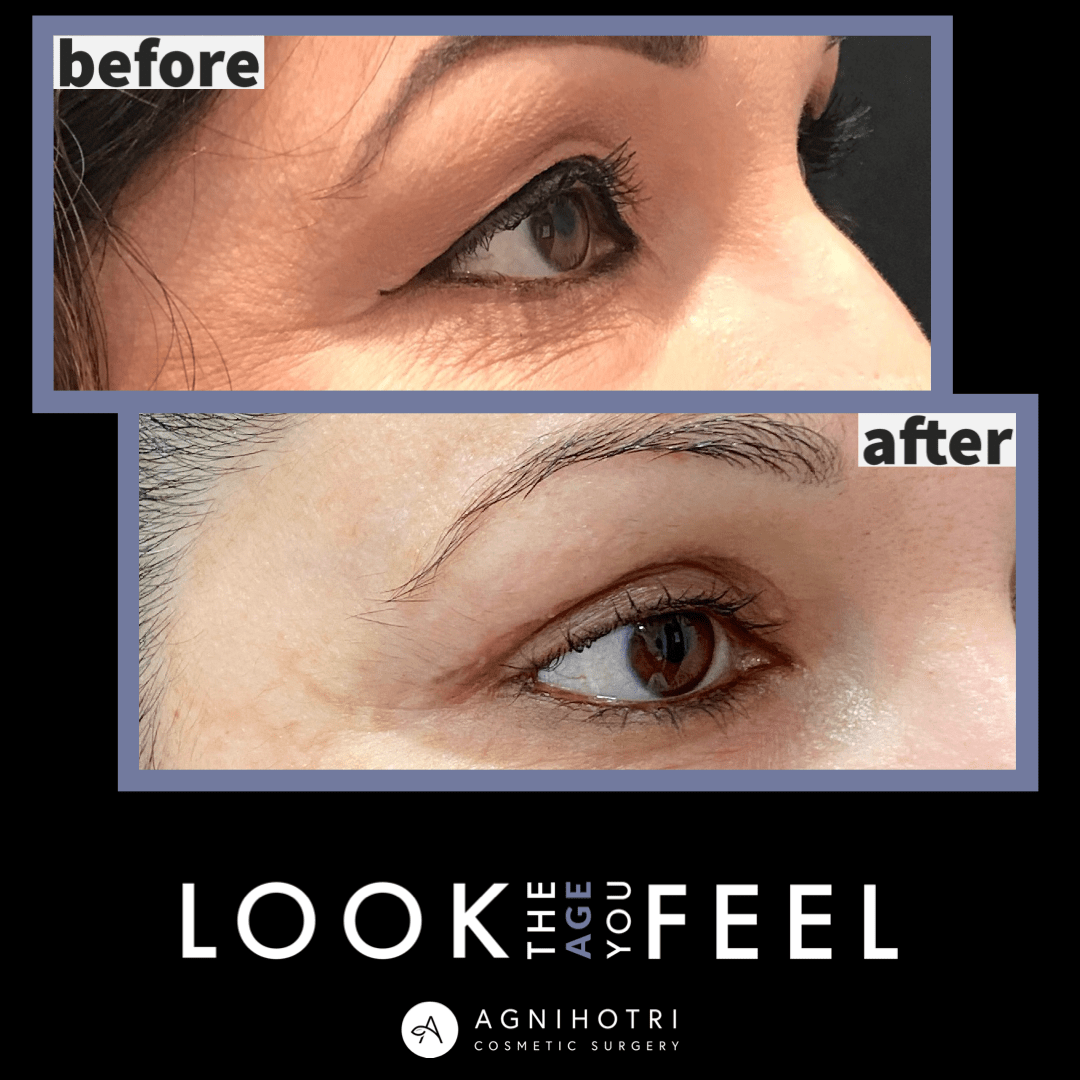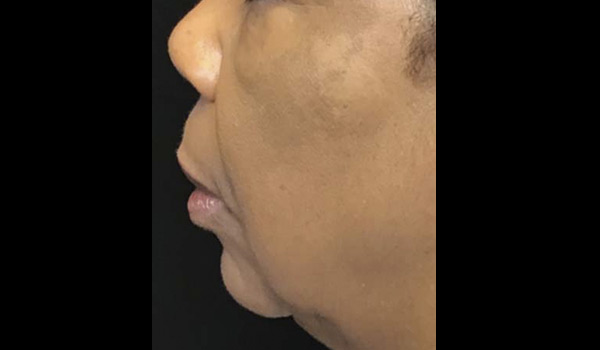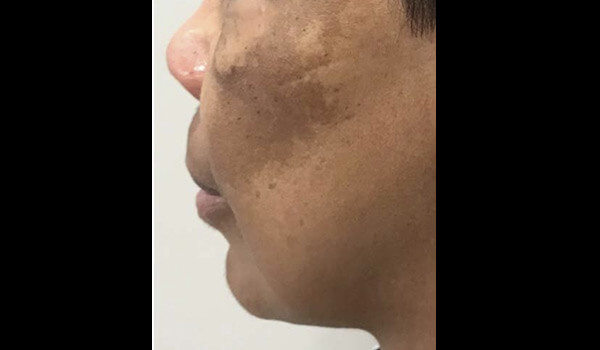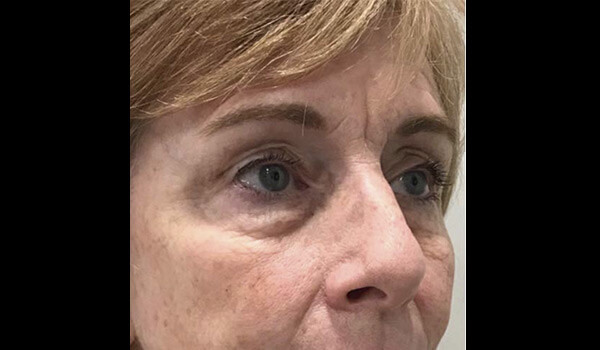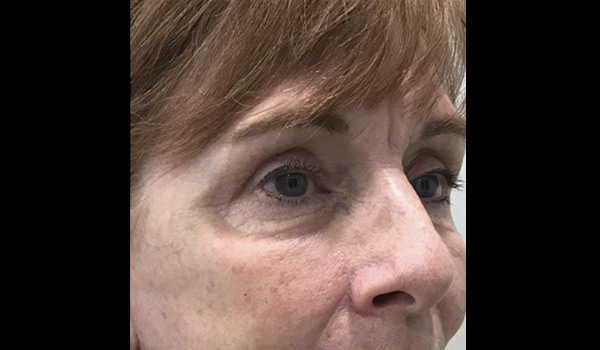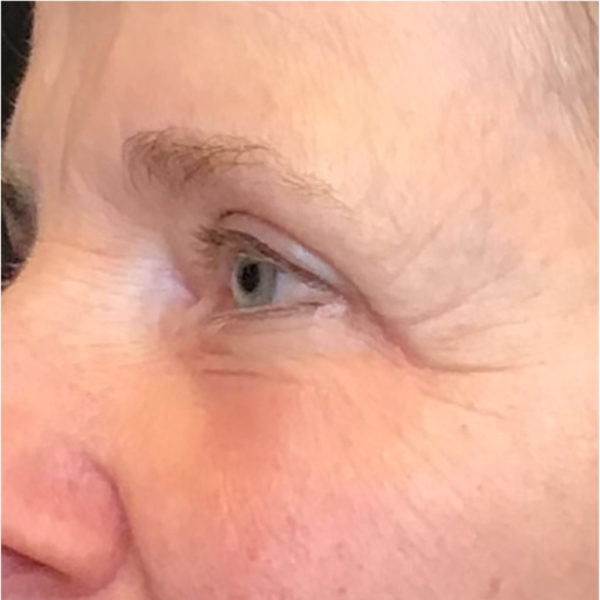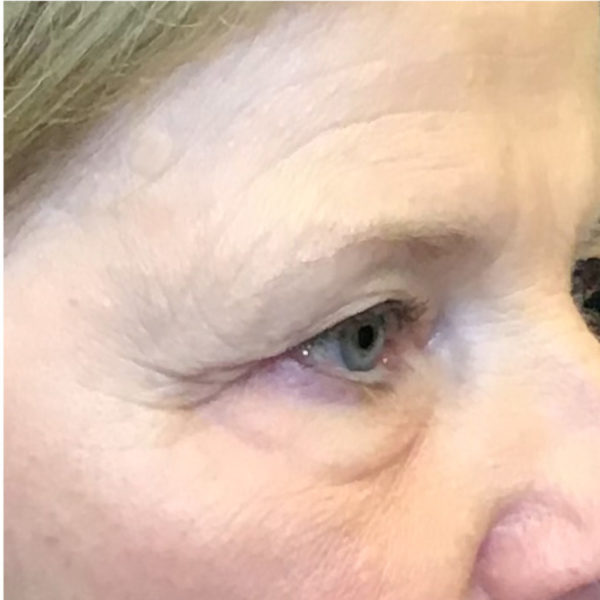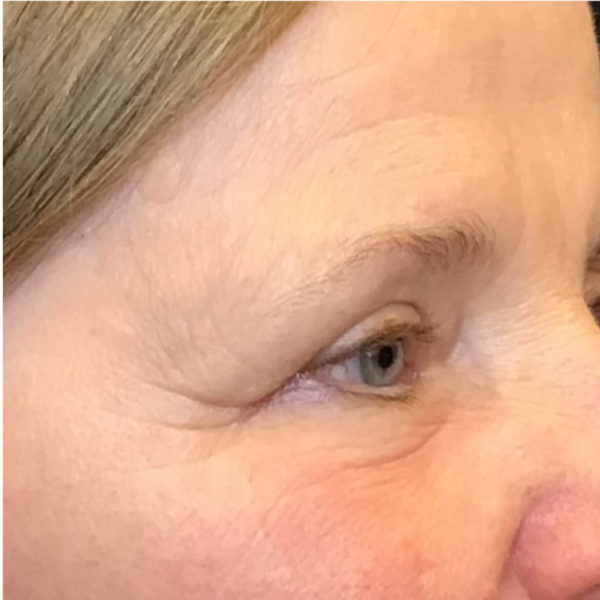Post-operative care is very important. Unnecessary pain and the complications of infection and swelling may be minimized if the instructions are followed carefully. Sometimes the after effects of surgery are quite minimal, so not all these instructions may apply. Common sense will often dictate what you should do. However, when in doubt, follow these guidelines or call our office any time for clarification. The success of the surgery lies in the hands of the patient as well as the surgeon. The best surgeon on earth will not obtain satisfactory results if the patients do not properly care for themselves after surgery. In order to take advantage of all the positive changes associated with the “eyelid tuck” the patient must pay close attention to the recovery process.
Immediately Following Surgery:
Care
For the first three or four days after surgery, you should limit your activity as much as possible. Sutures are generally removed by the fifth post-operative day. The entire first post-operative week, the eyelids should be handled gently.
During the first several post-operative days careful cleansing two or three times a day helps remove small amounts of dried blood and debris. An antibiotic ointment should be lightly applied after each cleansing. After the sutures have been removed, the eyelids may be carefully washed, and you may begin to apply light make-up after first checking with me. It is not uncommon to experience a transient increase in eye dryness, redness or irritation. This is best treated with artificial tears, which you may purchase at a local pharmacy without a prescription.
If you normally wear contacts you should plan to avoid their use for approximately two weeks after surgery.
